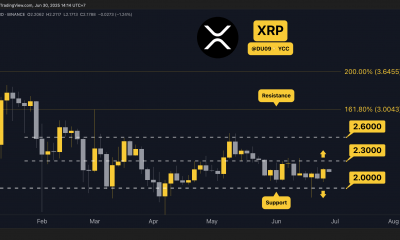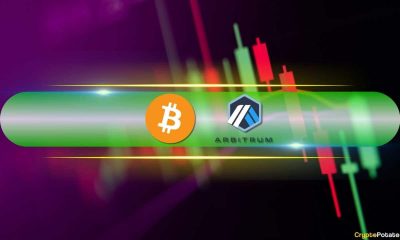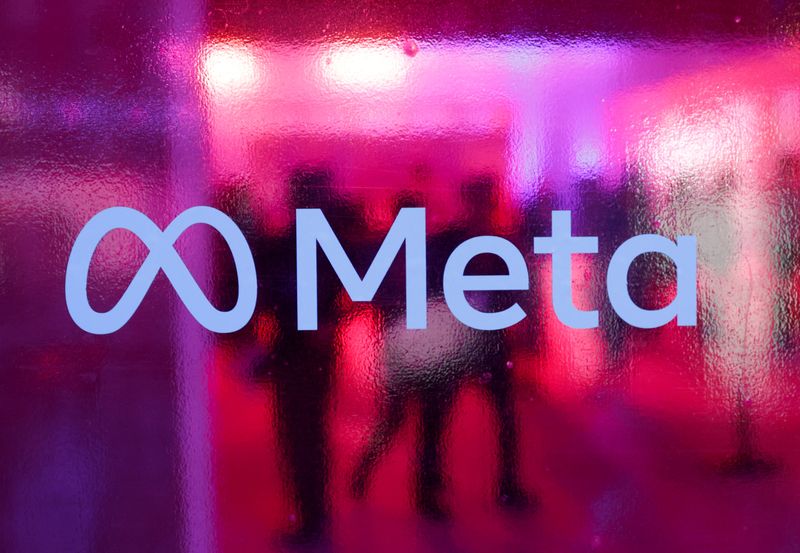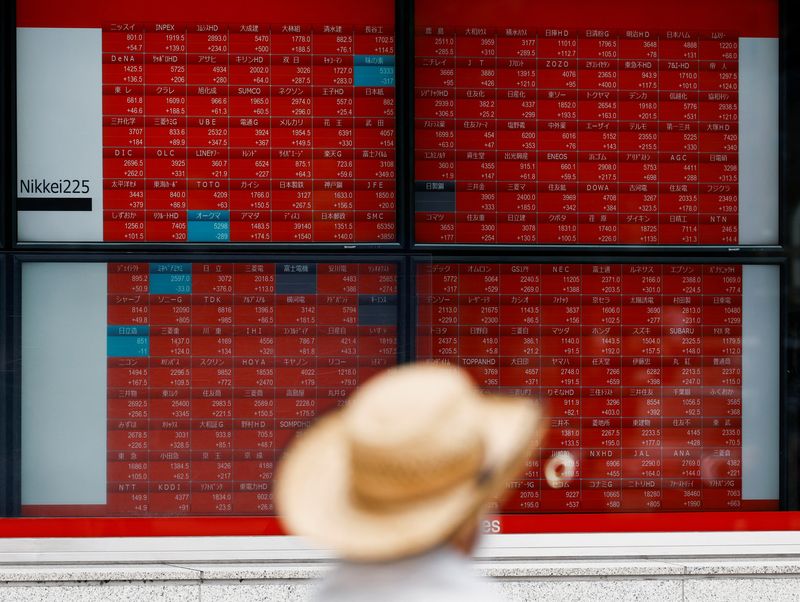Stock Markets
JPMorgan analysts believe the upward trend in the U.S. stock market may end in Q1 2023
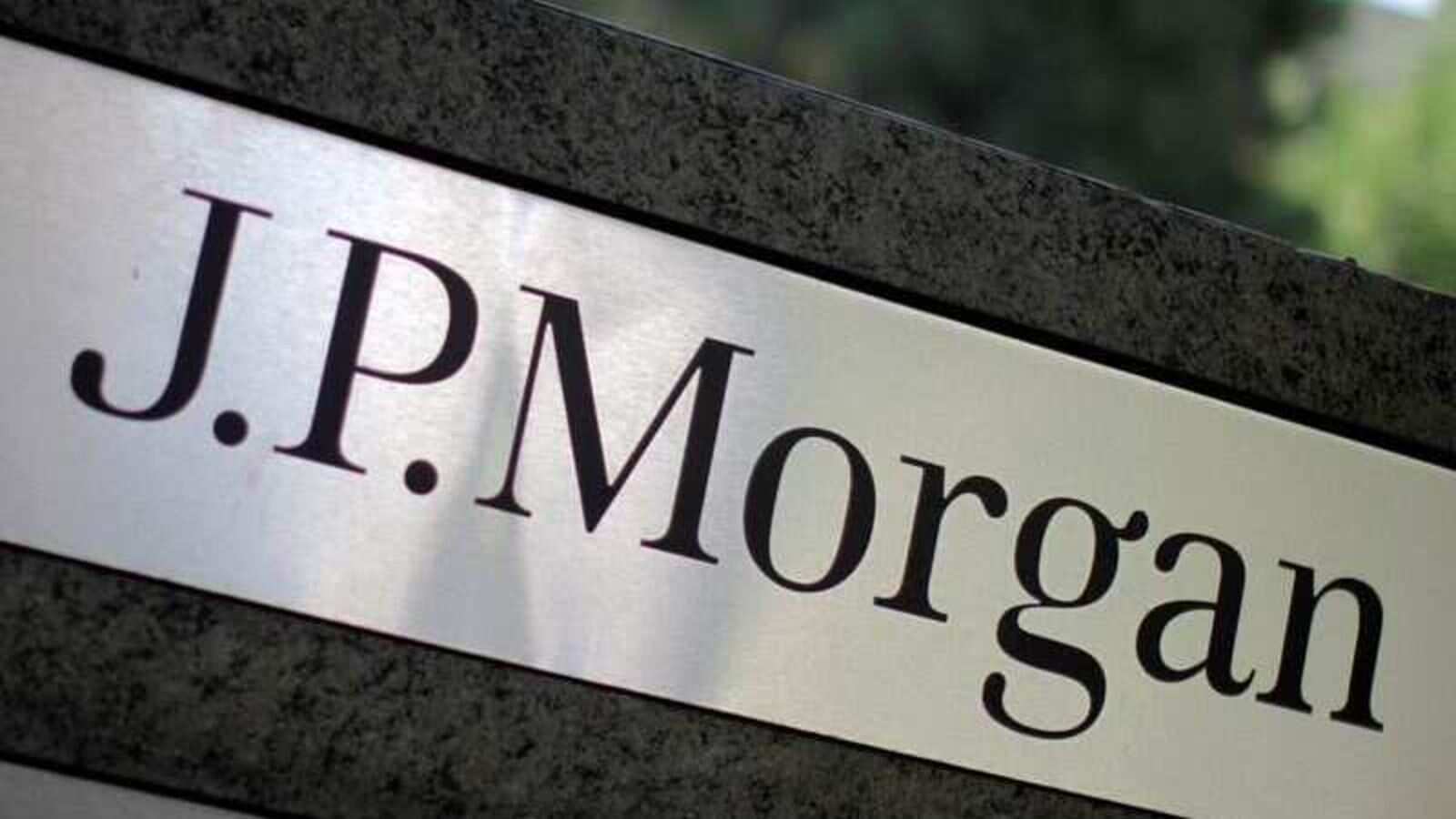
The current uptrend in the U.S. stock market could end as early as the first quarter of 2023 as the economy begins to feel the pent-up effects of the Fed’s rate hike. analysts at JPMorgan Chase & Co (NYSE:JPM) believe.
“We’ve been waiting for US stock indices to rebound since the fourth quarter of last year amid a halt in rising government bond yields, the opening of the Chinese economy and expectations of falling gas prices,” the bank’s team of analysts led by Mislav Matejka said in a report. – We still believe that the first quarter will be strong, but we do not count on the emergence of enough justification for a second round of rally.”
According to experts, U.S. stock indices could hit all-time highs in the first quarter of this year. U.S. stocks have been actively growing since last October. Thus, the S&P 500 index from October lows jumped 12.2%, according to Dow Jones Market Data. Expectations that the Fed will stop raising the rate in the first quarter of 2023-provided growth.
However, a series of strong statistical data on the U.S. economy, including data on slowing inflation and a strong increase in new jobs, as well as weakening corporate profits and rising government bond yields forced market participants to reconsider their forecasts about the Fed’s monetary policy.
The market sees a 76 percent chance of a 25-basis-point rate hike at the March meeting and a 24 percent chance of a 50-bp hike, CME FedWatch data show. Investors are also only now starting to fully factor a rate hike above 5 percent into current quotes, although Fed executives gave that prediction as far back as last year.
Earlier we reported that Apple became an exclusive customer of TSMC CPU factory.
Stock Markets
Meta hires four more OpenAI researchers, The Information reports
Stock Markets
Shares rally on China-US trade optimism, dollar trades at multi-year lows
Stock Markets
Amazon, Netflix among Thursday’s market cap stock movers

 Forex3 years ago
Forex3 years agoForex Today: the dollar is gaining strength amid gloomy sentiment at the start of the Fed’s week

 Forex3 years ago
Forex3 years agoUnbiased review of Pocket Option broker

 Forex3 years ago
Forex3 years agoDollar to pound sterling exchange rate today: Pound plummeted to its lowest since 1985

 Forex3 years ago
Forex3 years agoHow is the Australian dollar doing today?

 Cryptocurrency3 years ago
Cryptocurrency3 years agoWhat happened in the crypto market – current events today

 World3 years ago
World3 years agoWhy are modern video games an art form?

 Commodities3 years ago
Commodities3 years agoCopper continues to fall in price on expectations of lower demand in China

 Economy3 years ago
Economy3 years agoCrude oil tankers double in price due to EU anti-Russian sanctions

